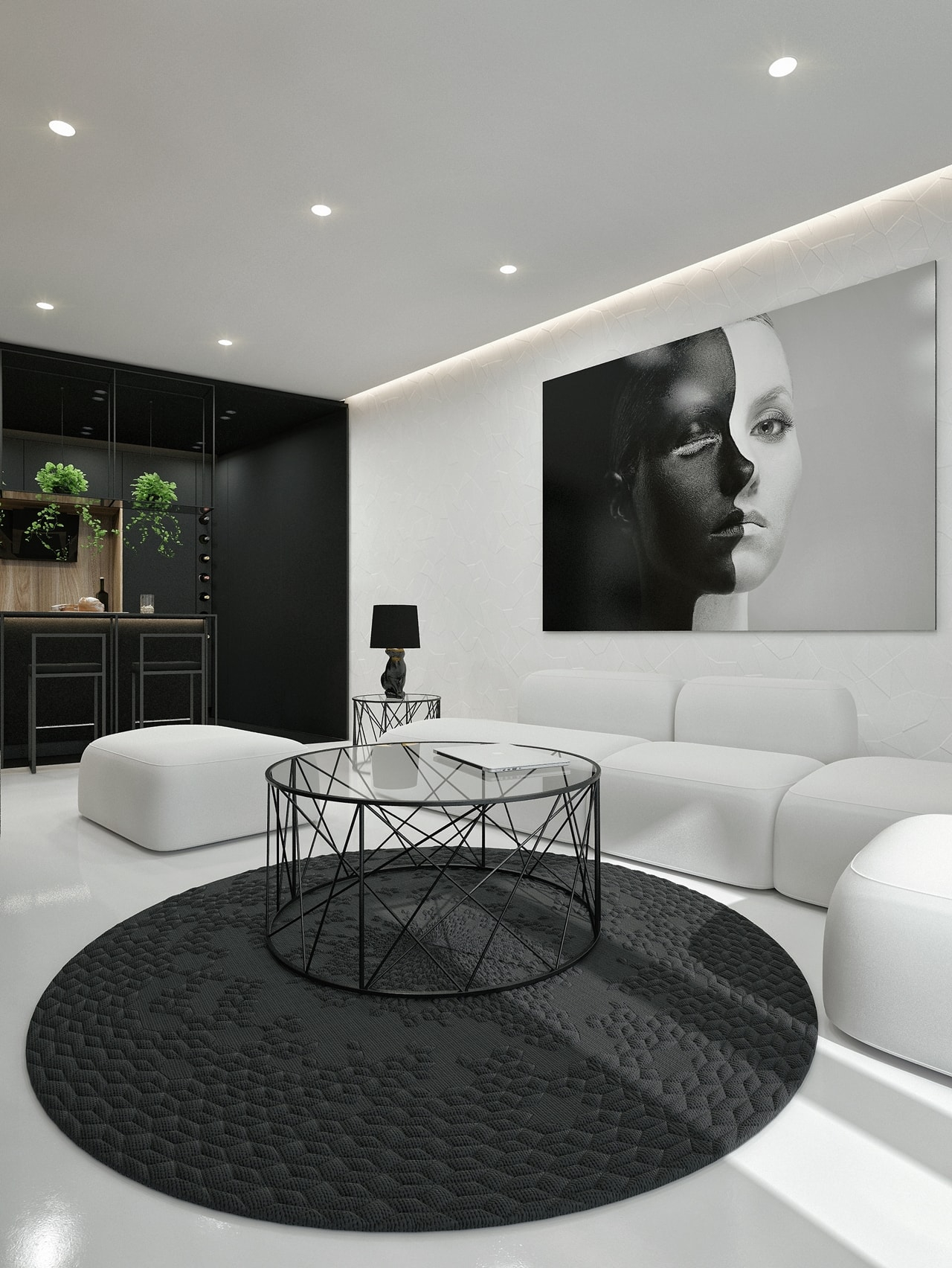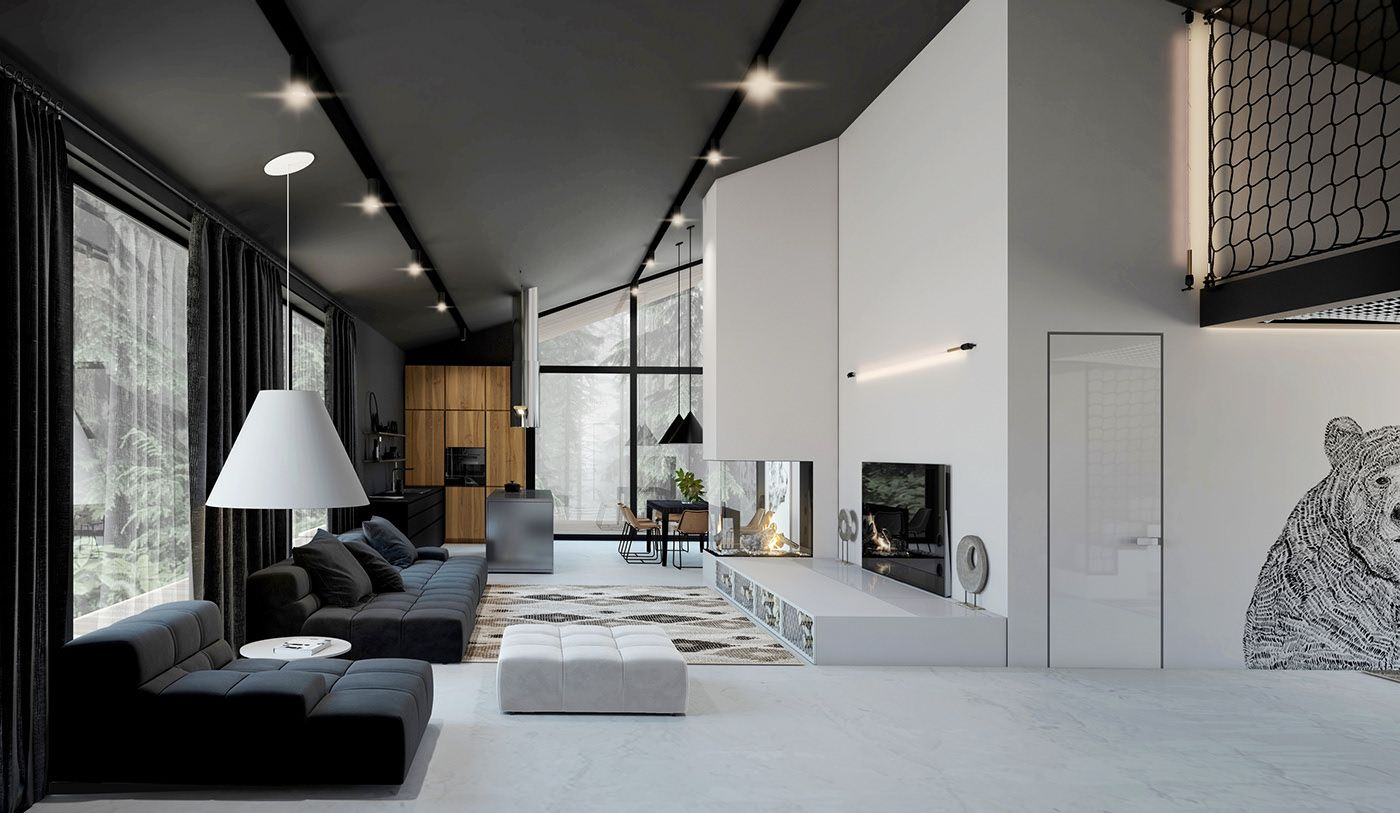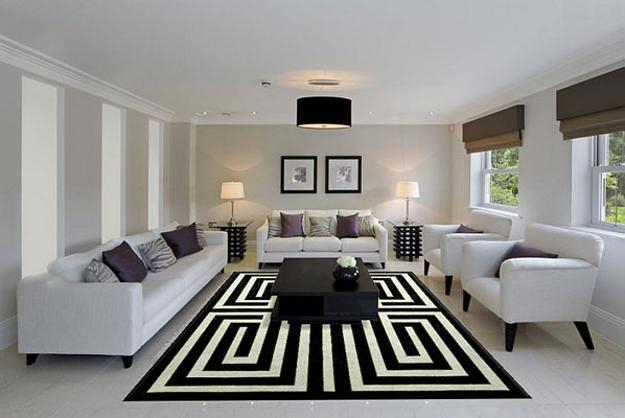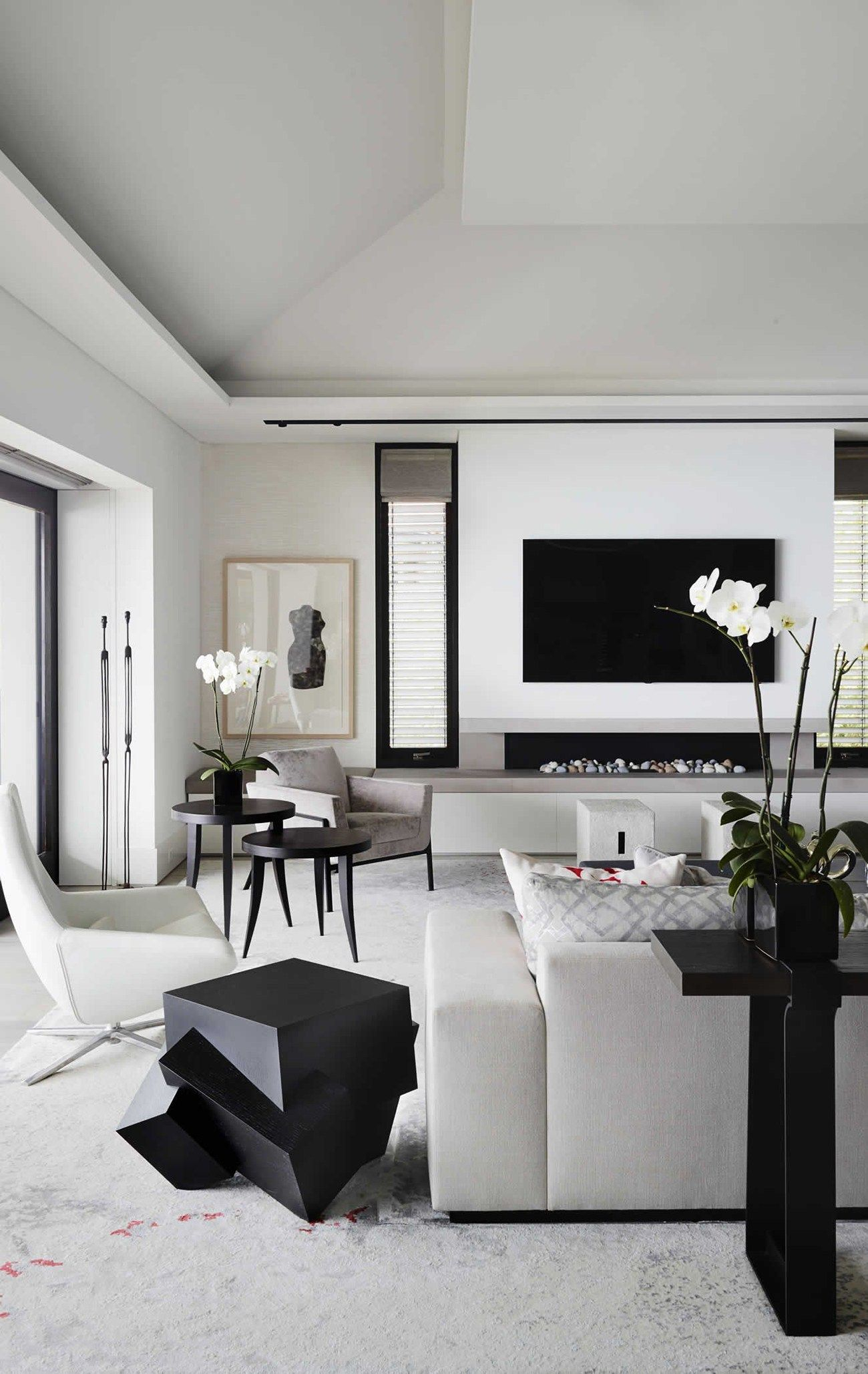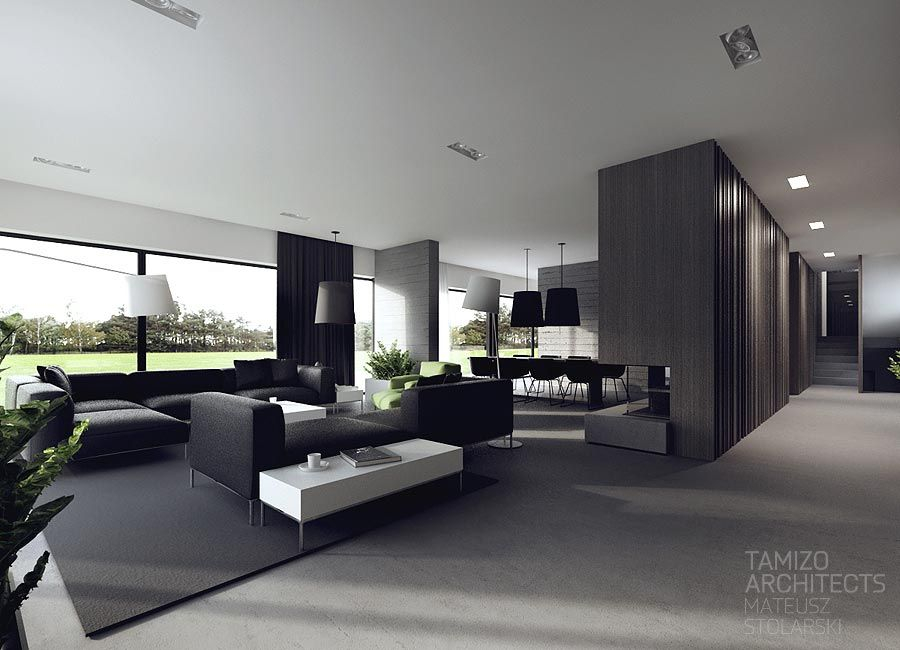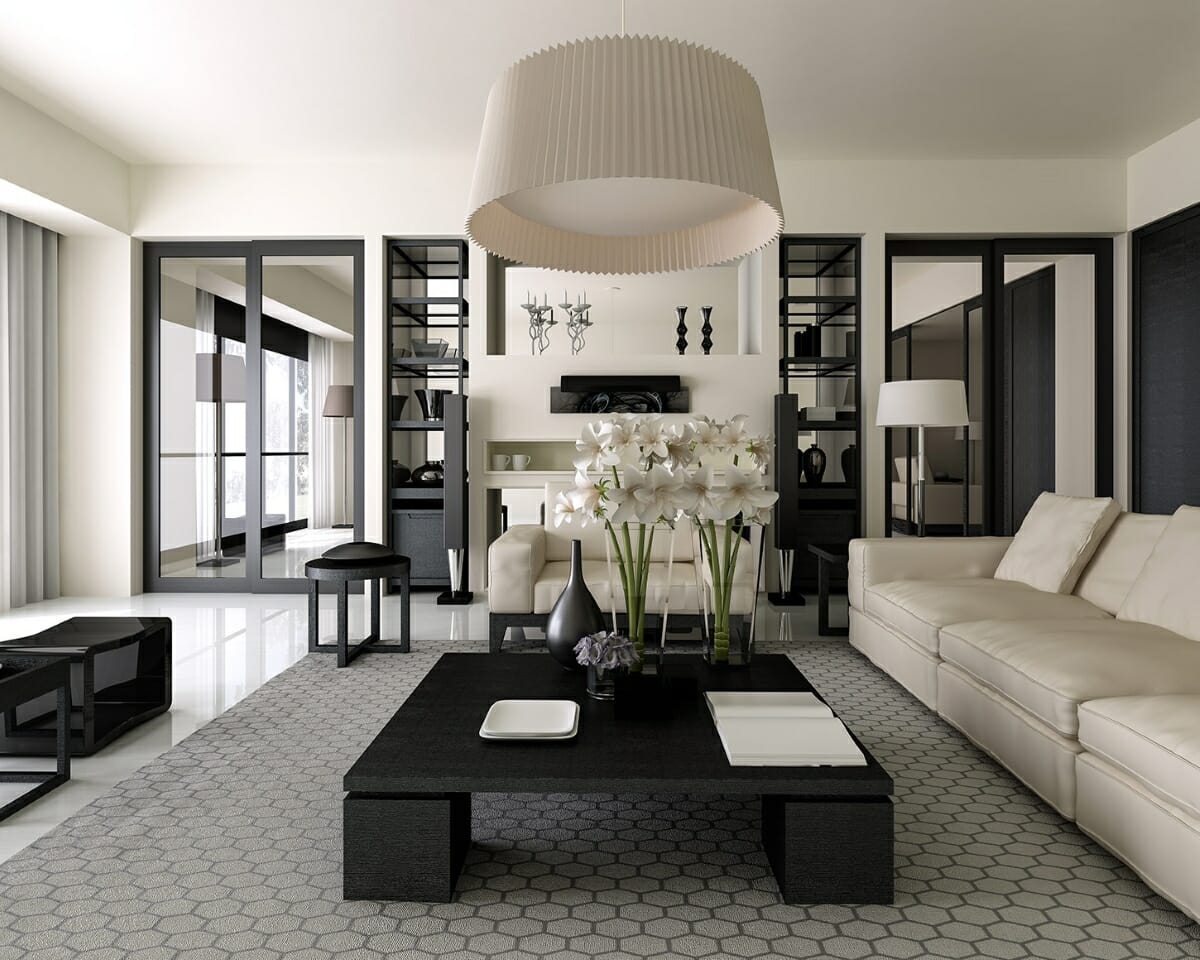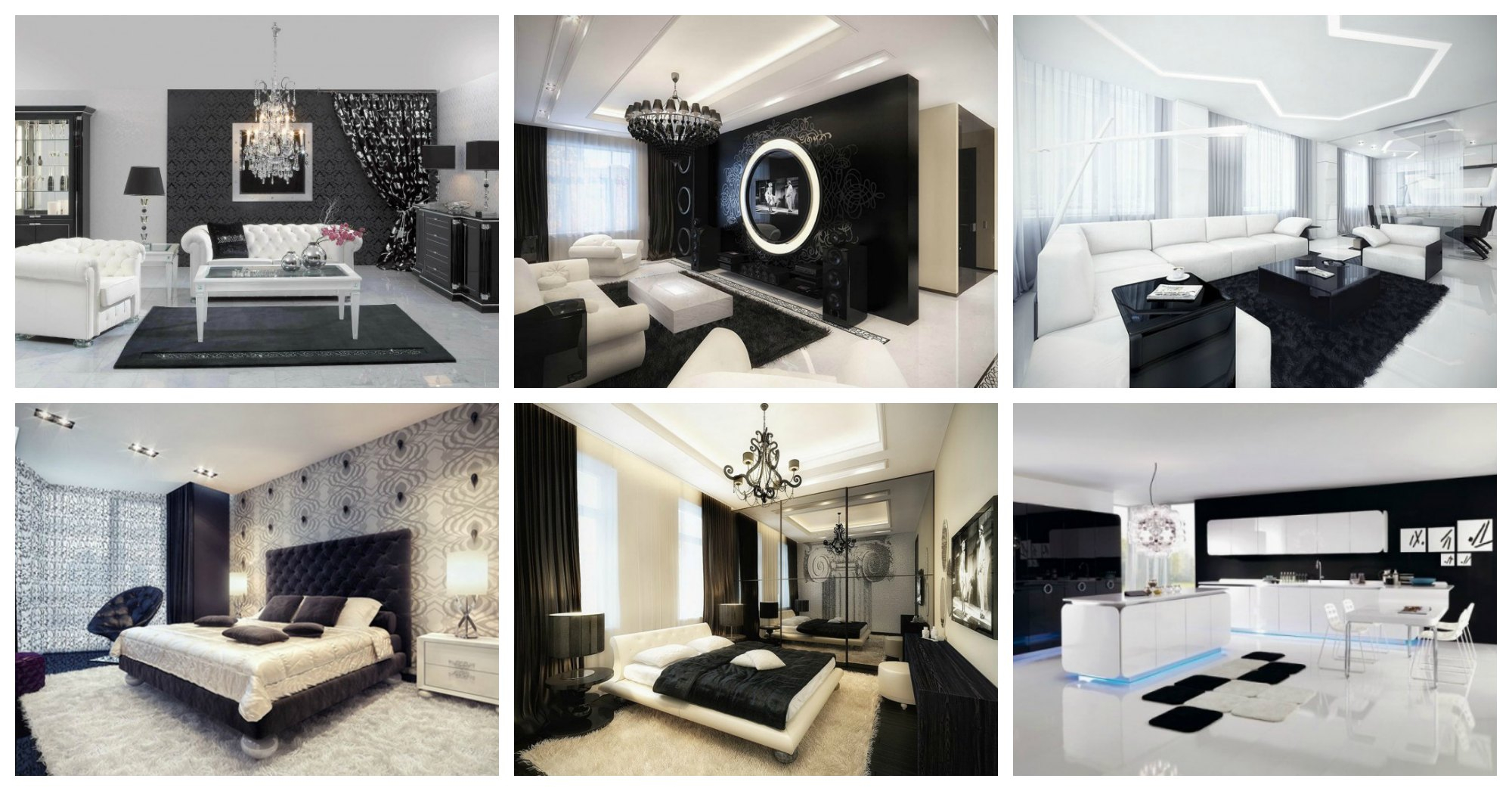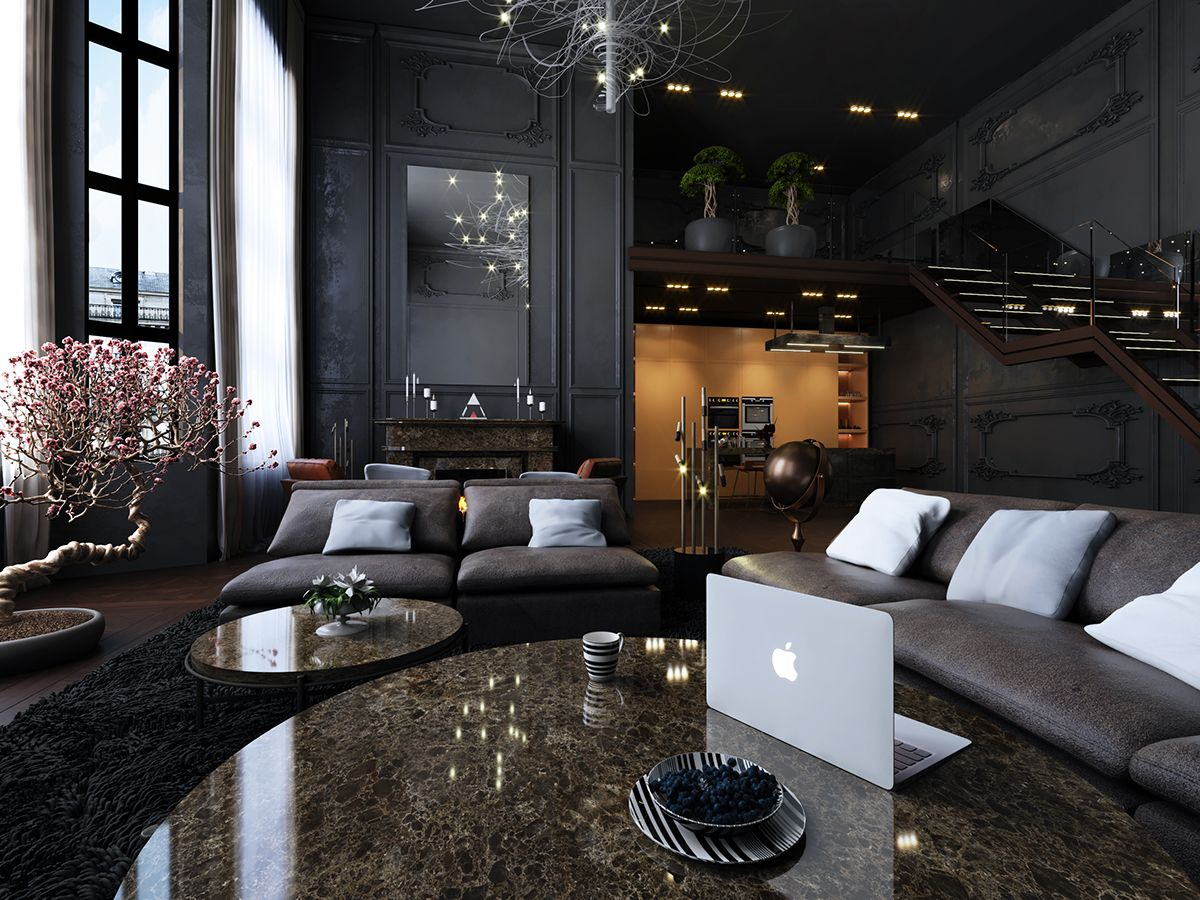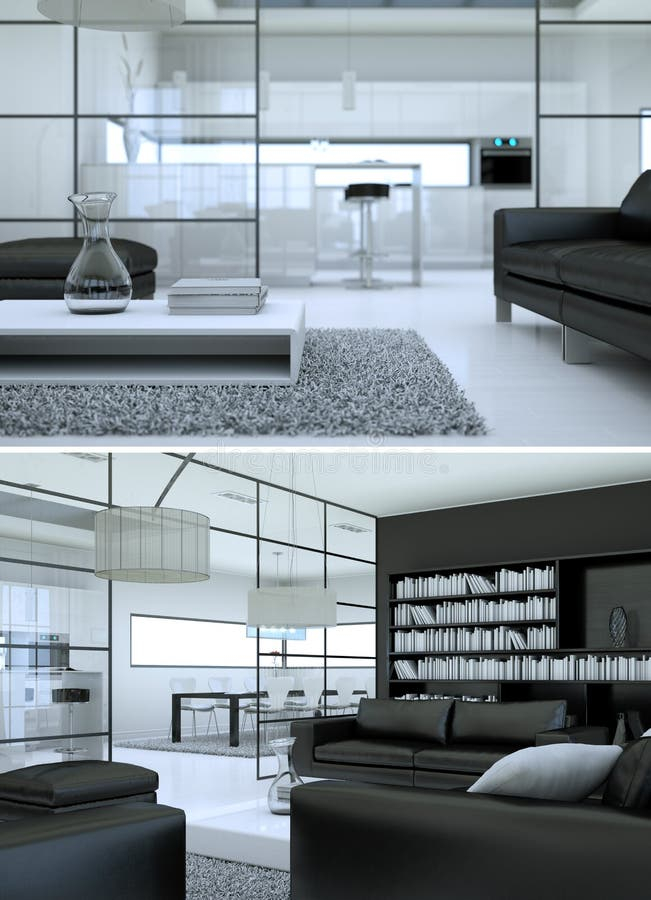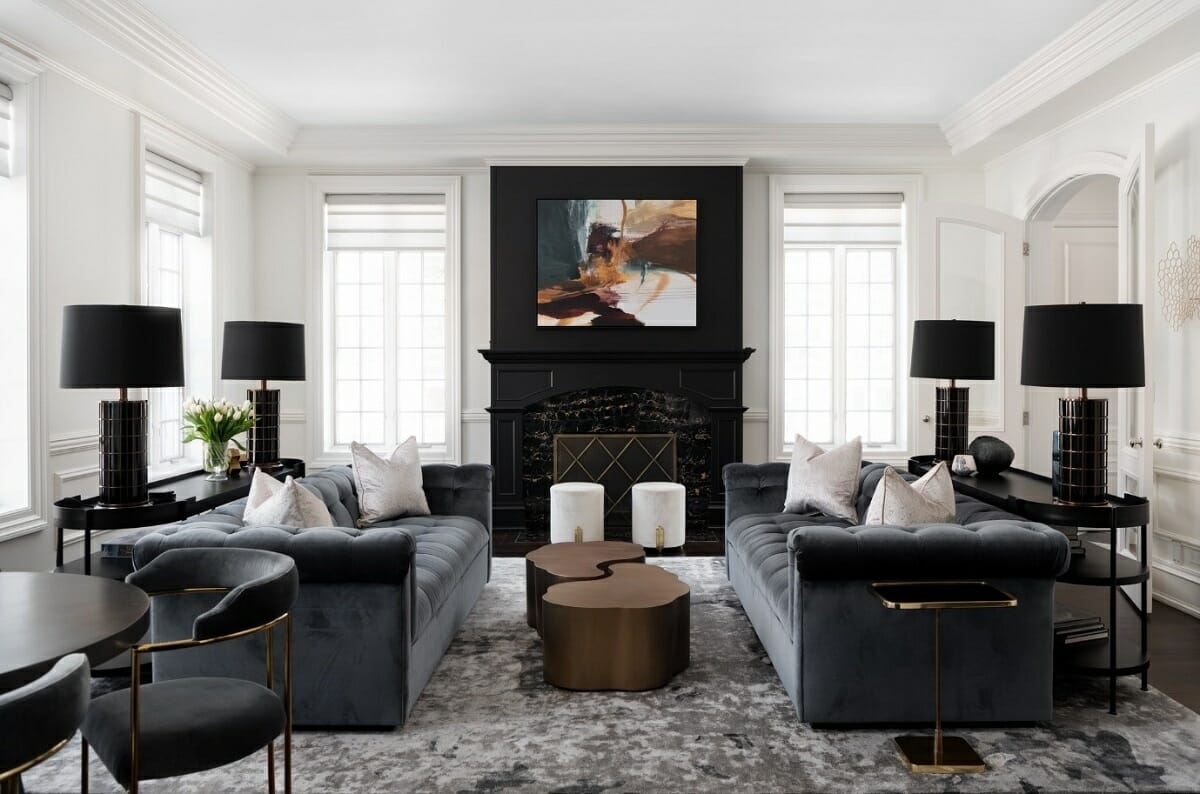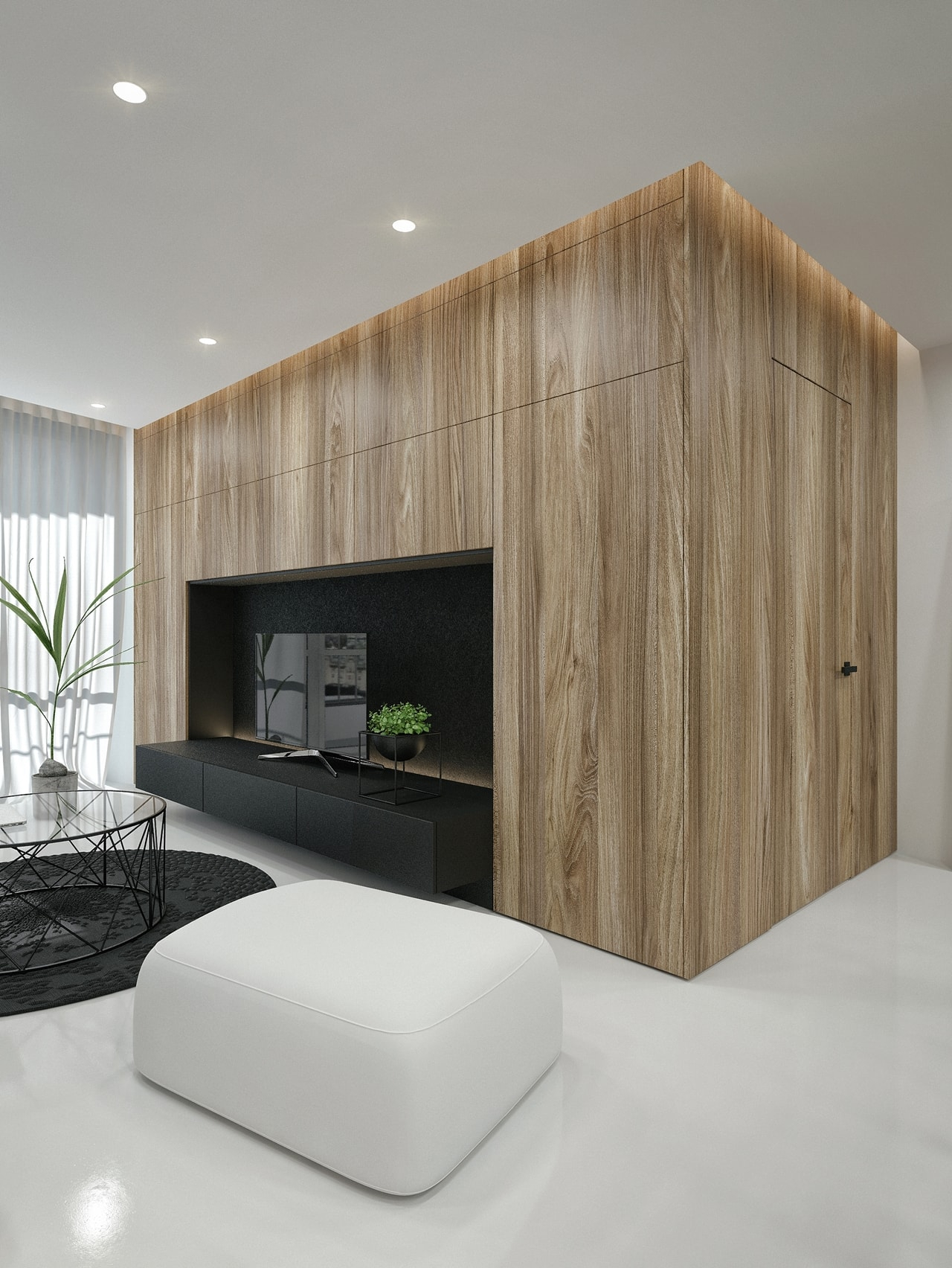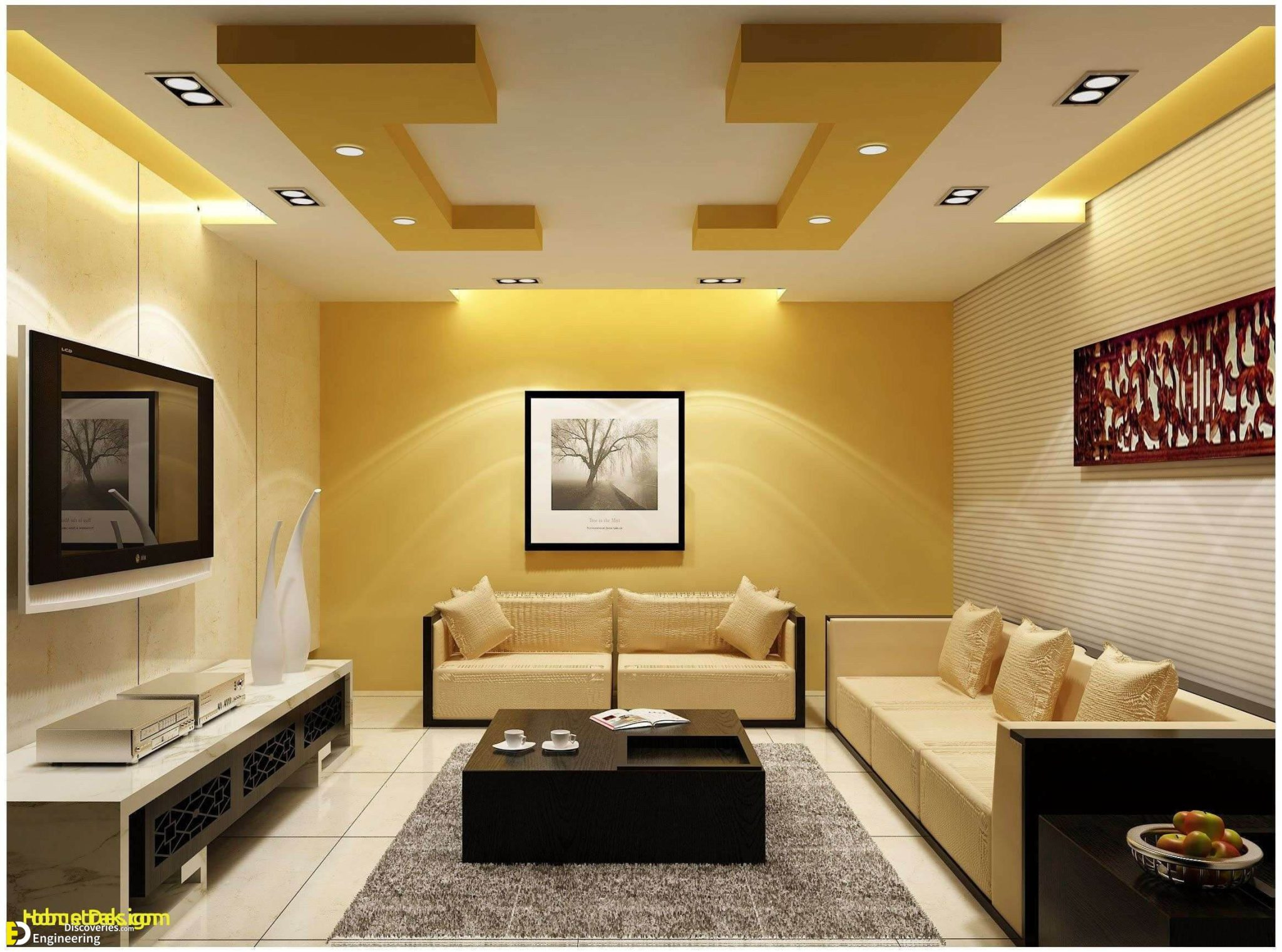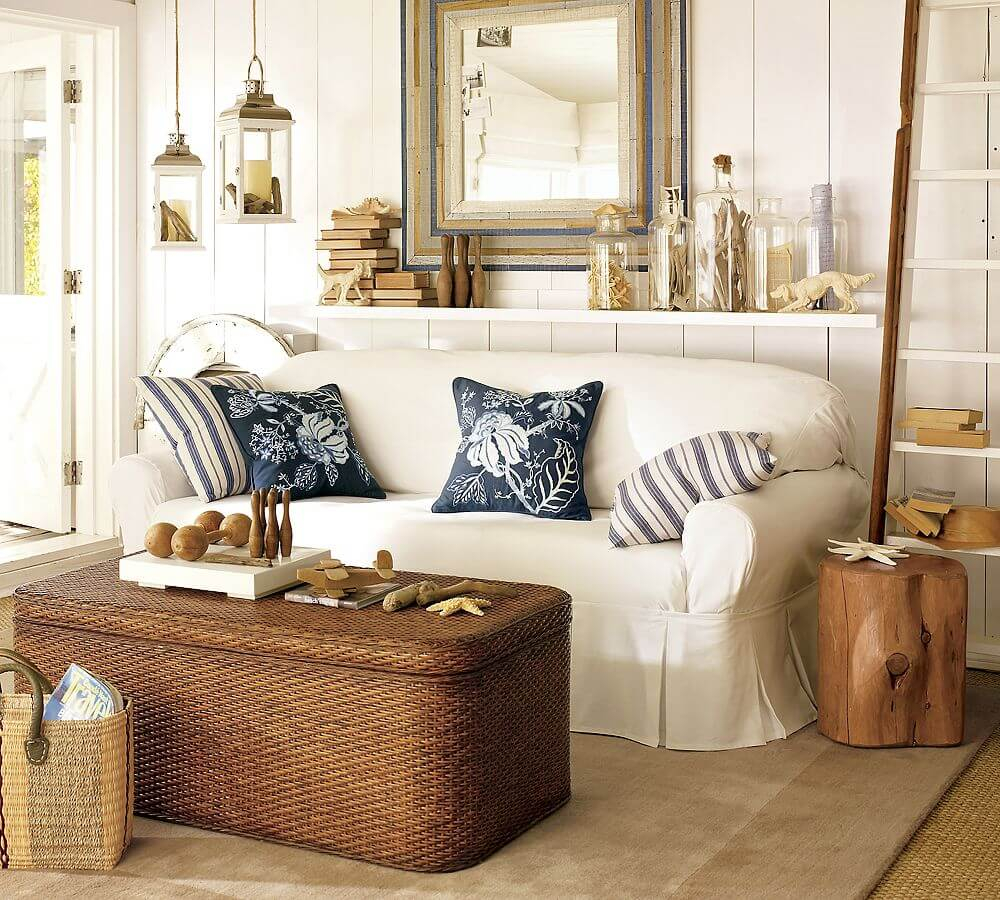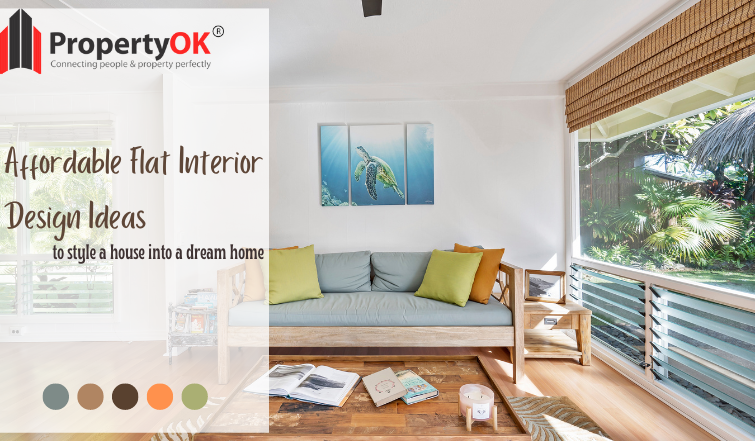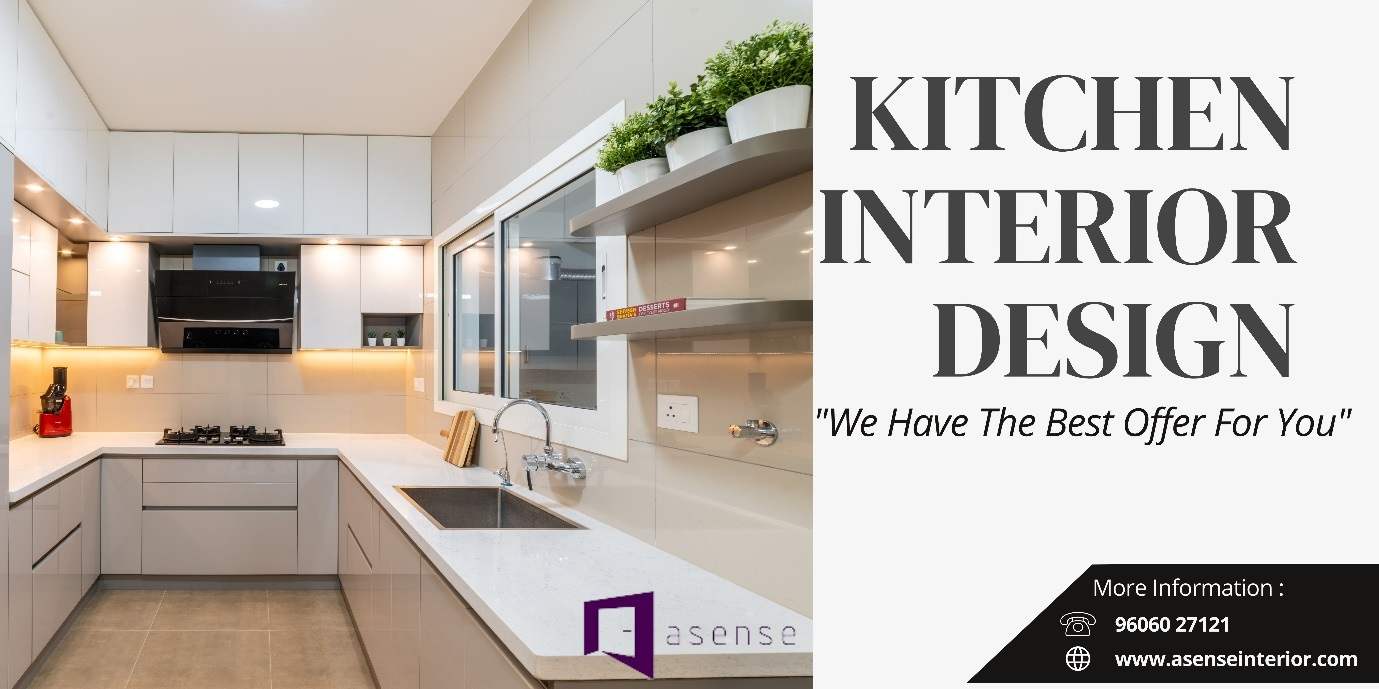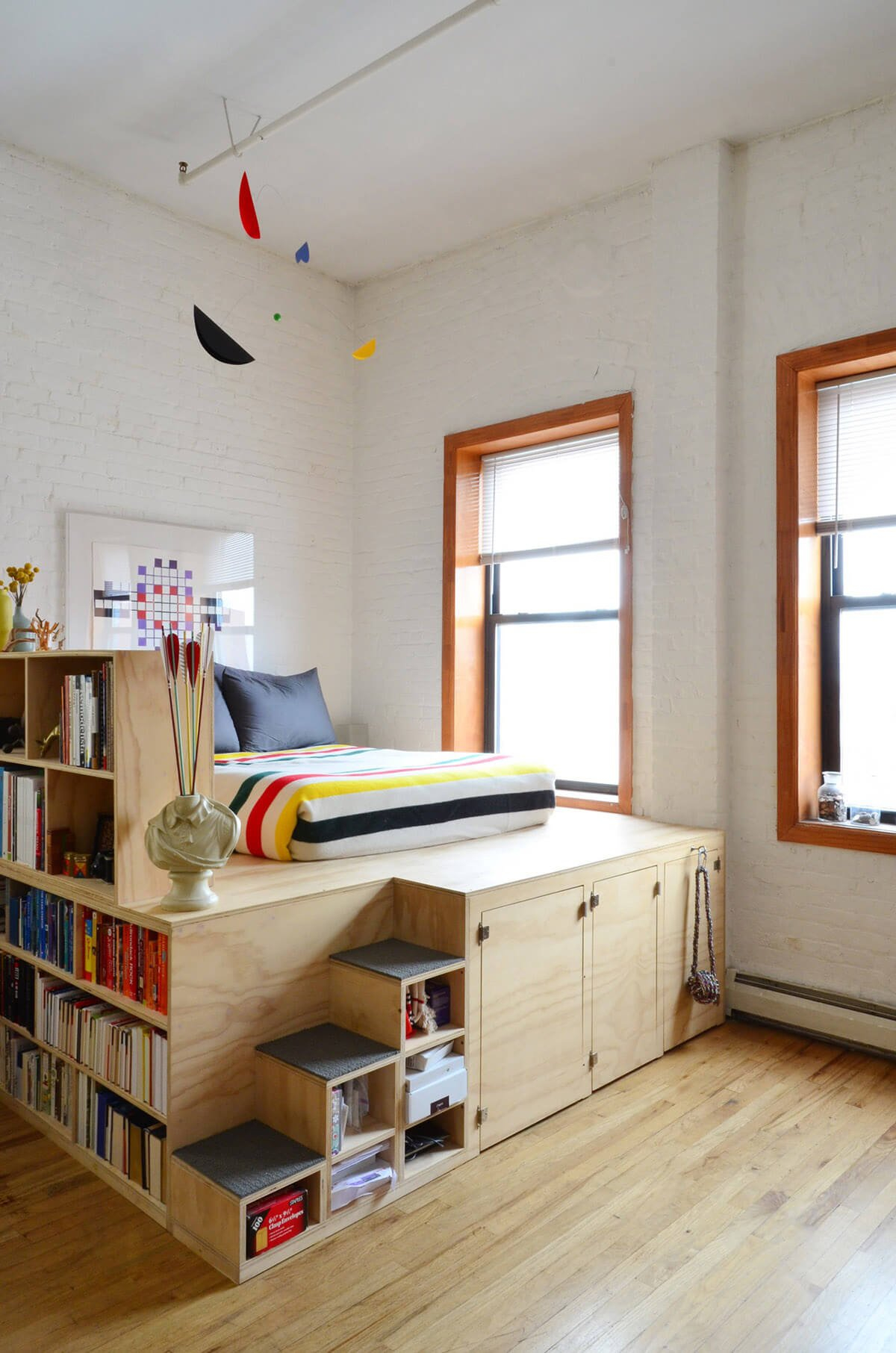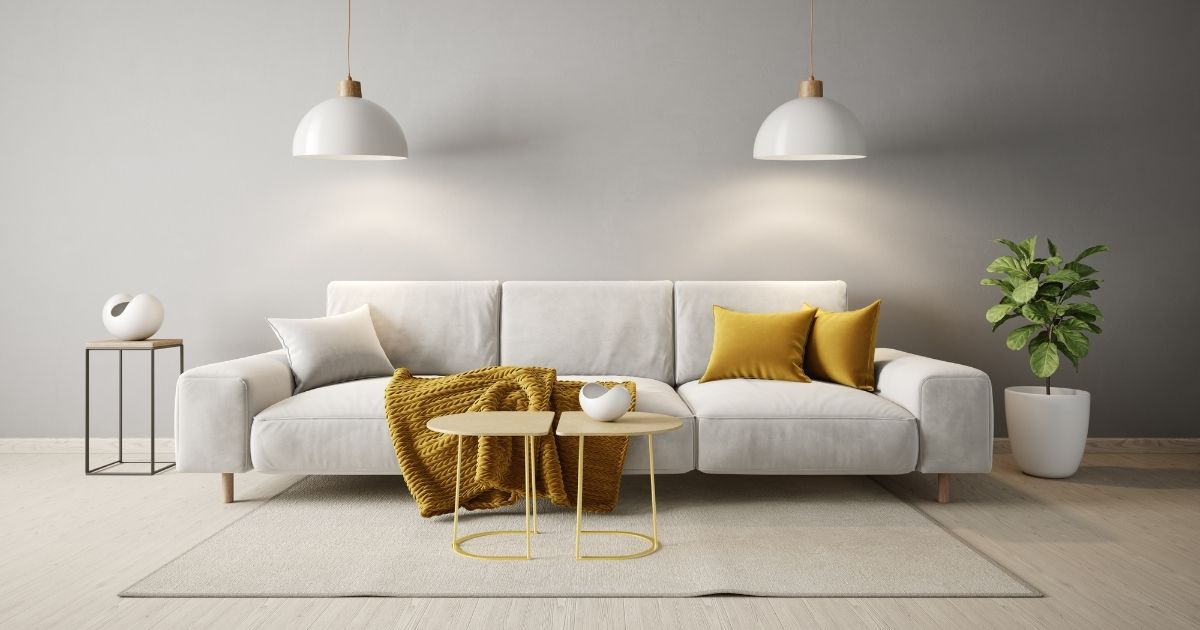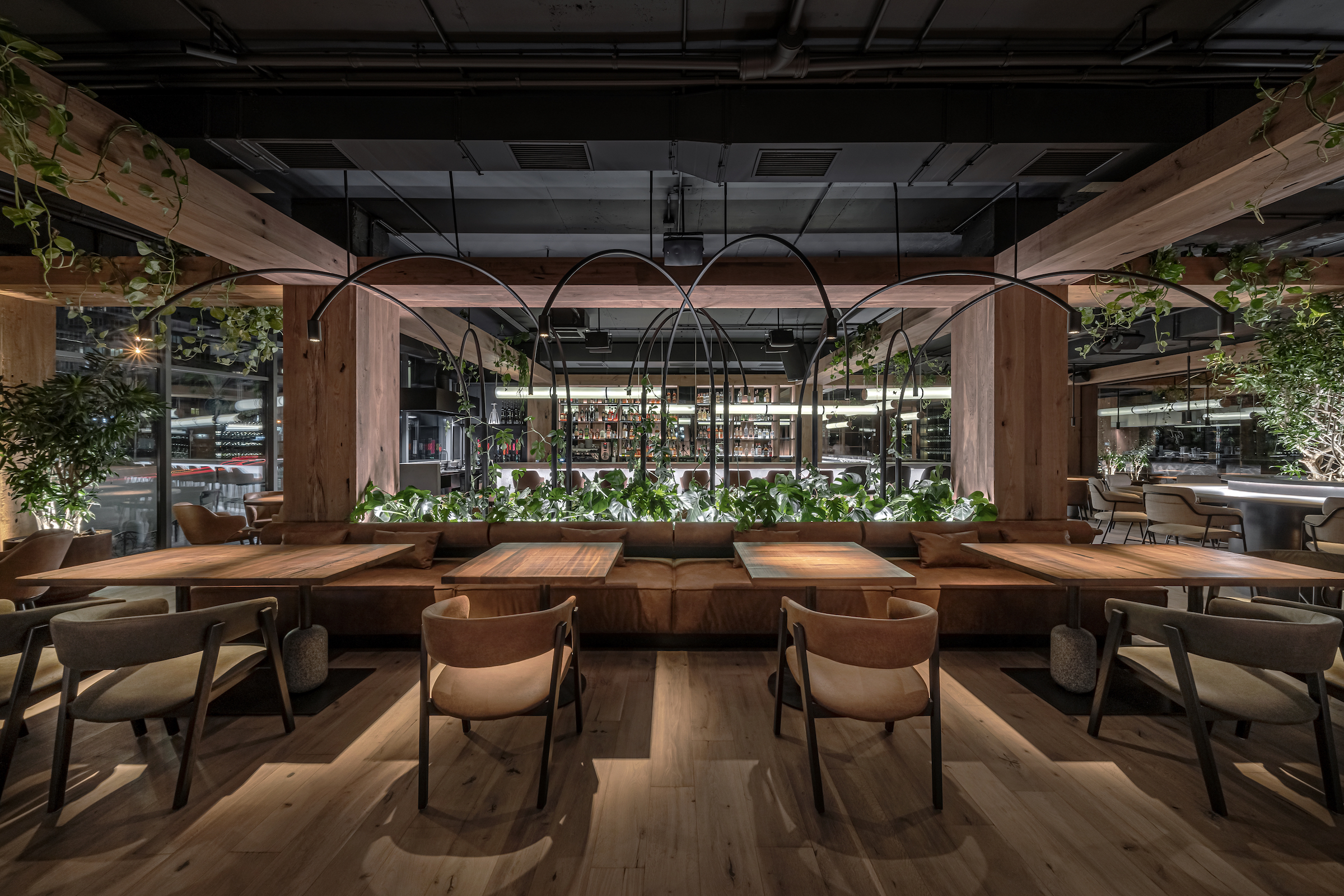In the ever-evolving world of interior design, some trends flicker and fade, while others stand the test of time. Black and white, a combination as old as art itself, firmly belongs to the latter. It’s more than just a color scheme; it’s a statement, a philosophy, and a powerful tool for creating spaces that feel both grounded and remarkably chic. But how does this seemingly simple pairing achieve such impact? Let’s dive in.
You might think black and white is basic, right? Just two colors, no fuss. But the beauty lies in its simplicity and its incredible versatility. It’s like a perfectly tailored suit or a classic little black dress – it just works. This palette strips away the noise, allowing form, texture, and light to take center stage. It’s a foundation that can be adapted to countless styles, from minimalist havens to bold, graphic statements. Think about it: a stark black and white photograph often captures a deeper emotion than its color counterpart. The same magic applies to interiors. It’s about creating a visual language that speaks volumes without shouting. Ready to explore how this dynamic duo can elevate your own living spaces?
Creating Contrast and Drama
The most immediate impact of black and white is the inherent contrast it provides. This isn’t just about visual interest; it’s about creating focal points and defining spaces. A crisp white wall against a deep black sofa, for instance, immediately draws the eye. This interplay can make a room feel more dynamic and alive. Imagine a living room where a charcoal accent wall makes a white fireplace pop, or a bedroom where black bedding adds a touch of moody sophistication to an otherwise serene white space. It’s a way to add depth and dimension without relying on a multitude of colors. The boldness of this pairing can be incredibly impactful, adding a sense of drama and purpose to your decor. It’s about making intentional choices that resonate.
The Power of Texture
When you limit your color palette to black and white, texture becomes your best friend. Without the distraction of varied hues, the tactile qualities of your materials truly shine. Think of a rough, woven black rug on a polished white floor, or a smooth, lacquered black side table next to a nubby, off-white armchair. These variations in surface – from matte to glossy, smooth to rough – add layers of richness and complexity. It’s these subtle details that prevent a monochrome scheme from feeling flat. Consider a velvet black cushion against a linen white sofa, or a concrete grey planter with a sleek black pot. These textural elements invite touch and create a more sensual, engaging environment. Don’t underestimate the importance of a good weave or a pleasing finish.
Achieving Timeless Sophistication
Black and white interiors possess an innate sense of elegance and sophistication that rarely goes out of fashion. It’s a classic combination that evokes a sense of order and refinement. This palette feels intentional and considered, exuding a quiet confidence. Whether you opt for a high-contrast look or a more nuanced approach with shades of grey, the result is often a space that feels polished and grown-up. Think of a meticulously designed monochrome kitchen, or a bathroom clad in black and white tiles. These spaces feel enduring, offering a sense of calm and collectedness. It’s a look that conveys style without being overly trendy. It’s a safe bet, but also a brilliant one for creating a lasting impression.
Versatility Across Styles
One of the greatest strengths of the black and white palette is its incredible adaptability. It’s not confined to just one aesthetic. In a minimalist setting, it can create a clean, uncluttered sanctuary. For a more traditional space, it can be softened with warmer textures and classic furniture. In a modern or contemporary home, it can be used to create bold, graphic statements. Think of Art Deco interiors with their strong black and white patterns, or Scandinavian designs that use the palette for a bright and airy feel. Even bohemian styles can incorporate touches of black and white for grounding elements. It’s about how you use it and what you surround it with. A few carefully chosen accessories in a vibrant color can also be incredibly effective against a monochrome backdrop.
Practical Tips for Implementation
So, how do you bring this powerful palette into your home? Start small if you’re hesitant. A black and white rug, a few cushions, or some striking artwork can be a great entry point. Consider your walls: a crisp white can make a room feel larger and brighter, while a black accent wall can add instant drama. Flooring is another key area. Black and white tiles in a checkerboard pattern are iconic, but a dark wood floor with a light rug also works beautifully. Don’t forget lighting! Good lighting is crucial for making a monochrome scheme feel inviting rather than stark. Vary the light sources and consider warmer bulb temperatures. And remember to balance the black and white. Too much of either can be overwhelming. Aim for an intentional distribution that feels harmonious.
Beyond Black and White: Introducing Neutrals and Accents
While pure black and white is striking, don’t be afraid to introduce other neutrals to soften the look and add depth. Shades of grey, from light silver to deep charcoal, can bridge the gap between black and white, creating a more nuanced palette. Warm neutrals like beige or cream can also be incorporated to add a touch of coziness and prevent the scheme from feeling too cold. And for those who crave a hint of color, black and white provides the perfect canvas. A single vibrant accent – a bold red vase, a turquoise throw pillow, or a piece of abstract art with a splash of yellow – can truly sing against a monochrome backdrop. It’s about creating a foundation that allows other elements to shine without clashing. This careful layering is key to a successful monochrome design.
Mastering monochrome isn’t about adhering to rigid rules; it’s about understanding the principles of contrast, texture, and balance. Black and white offers a timeless and sophisticated approach to interior design, capable of transforming any space into something truly special. Whether you’re aiming for a dramatic statement or a serene retreat, this classic pairing provides a powerful and versatile foundation. So go ahead, experiment with this dynamic duo. You might just discover a new favorite way to express your personal style. It’s a journey worth taking, and the results can be absolutely stunning.

